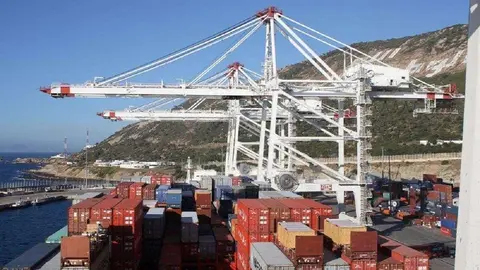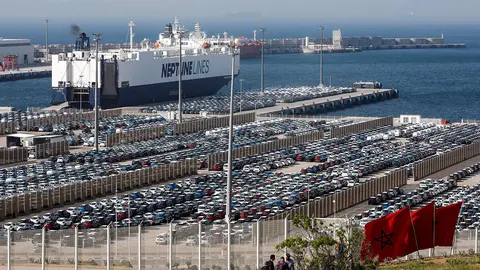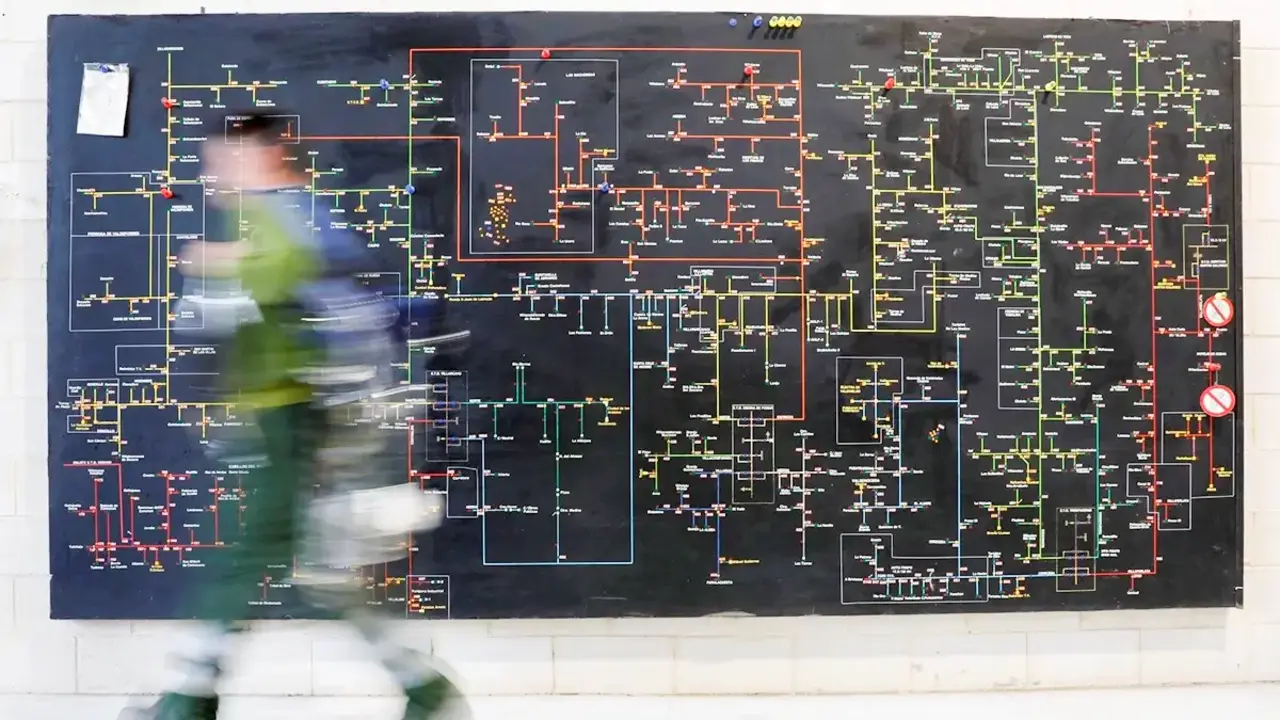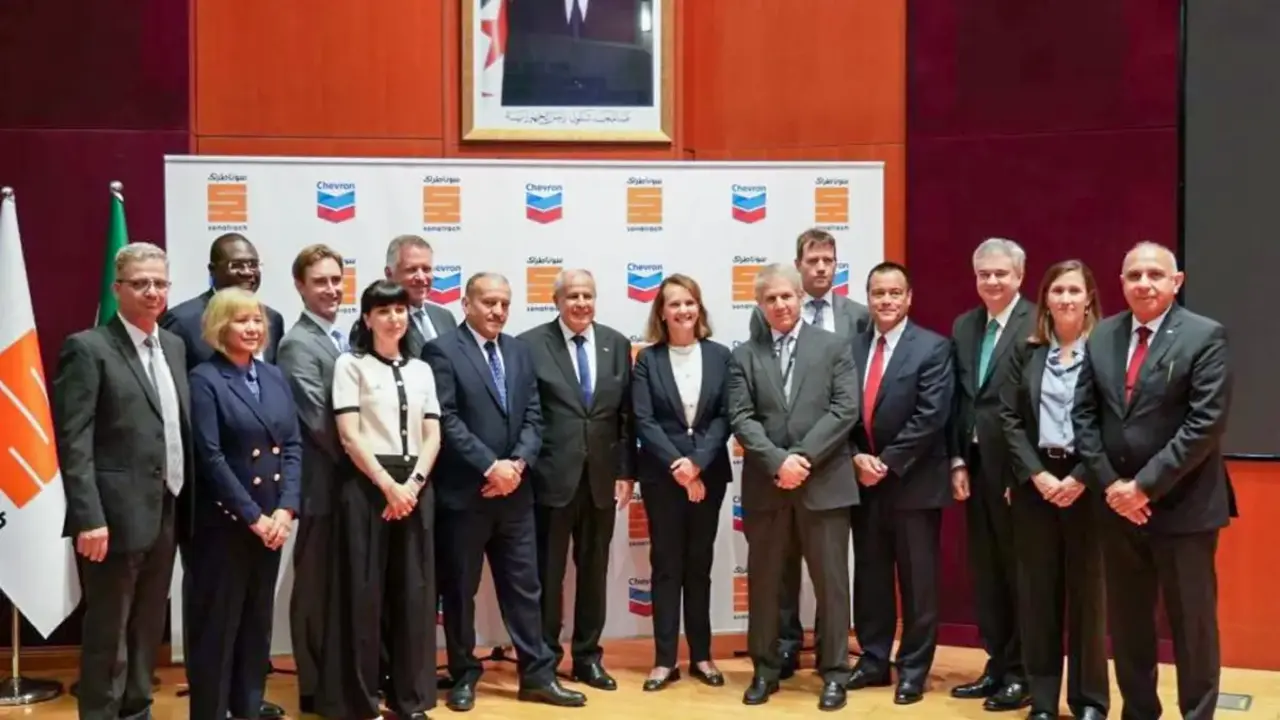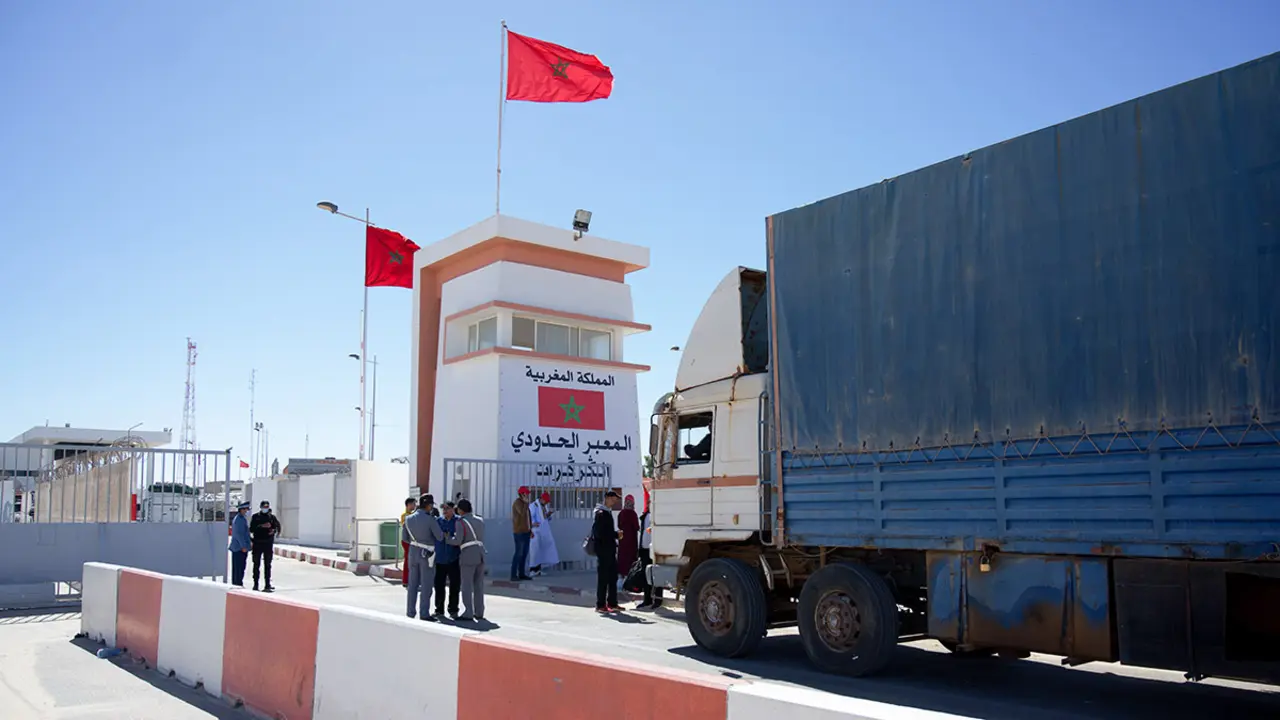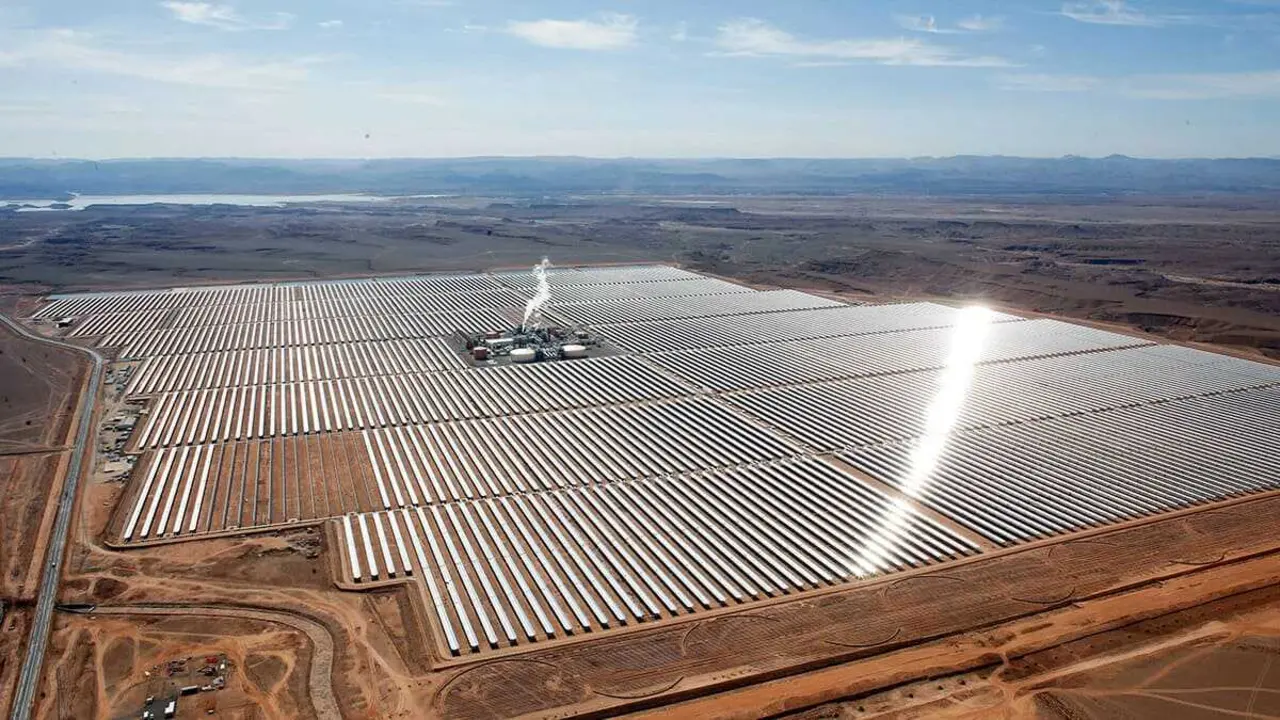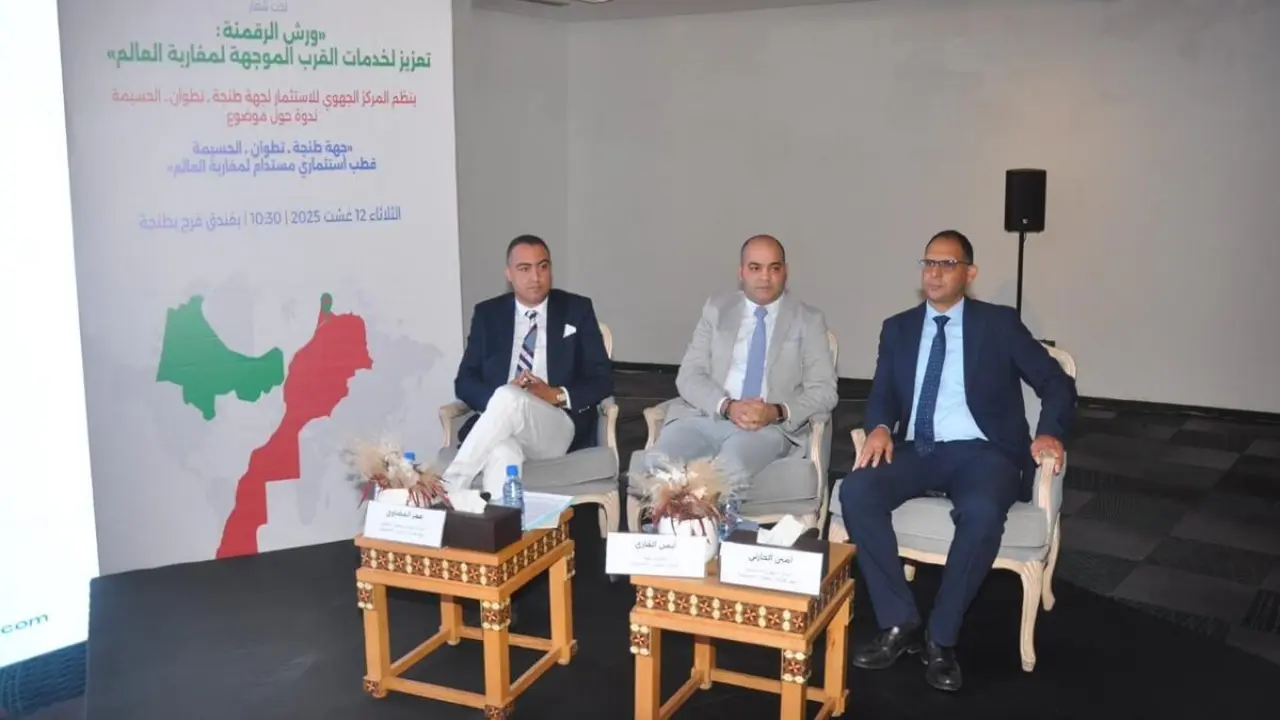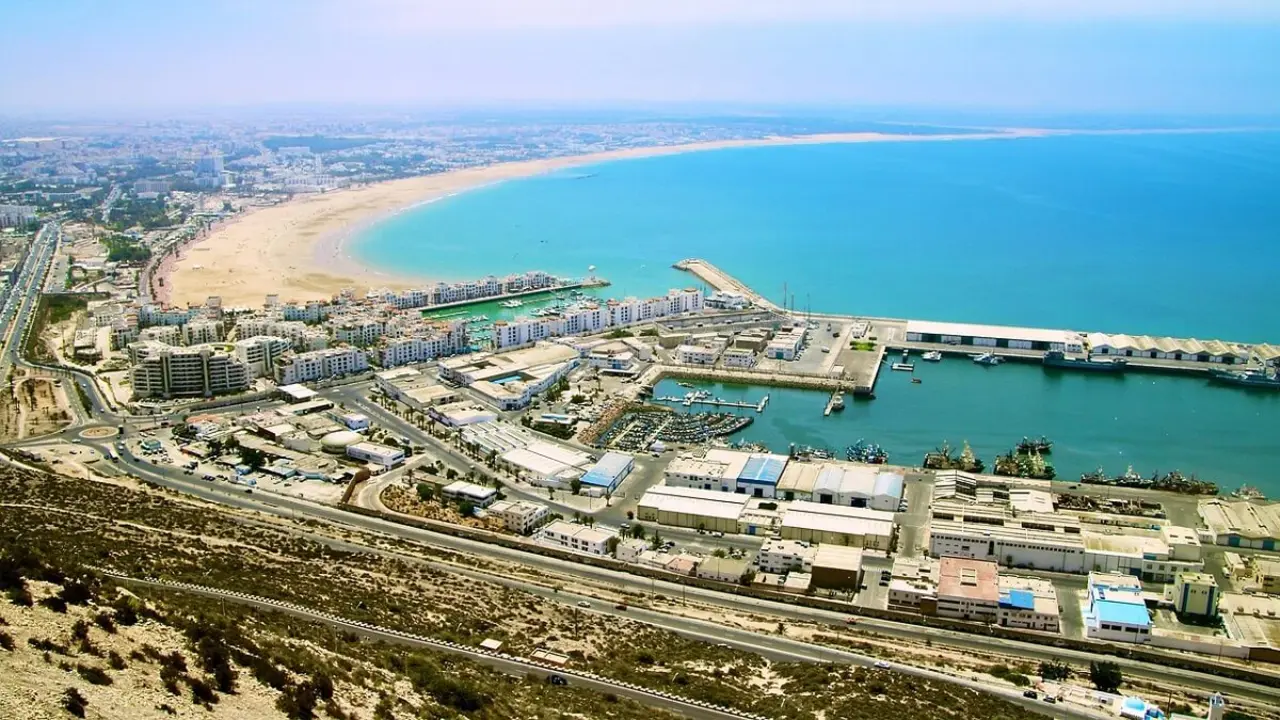This is Morocco's port strategy for 2030

- Keeping up with growing demand
- Factors helping to increase demand
- Port infrastructure in figures
- Port Strategy 2030
- Investment programme
Given its important geographical location and availability in the Mediterranean port of Tangier, Morocco aspires to occupy a prominent place in the Mediterranean maritime market and to take advantage of all the opportunities in the region, thanks to its port strategy for 2030.
The national ports policy aims at satisfying the port demand by valuing the advantages of the country, the establishment of the regional balances of the Kingdom. To this end, the North African country adopts an investment regime which takes into account the available funding possibilities, identifies the priorities and makes the stakeholders a partner in order to implement projects with the necessary quality and speed.
Keeping up with growing demand
The Moroccan port strategy considers that the Moroccan ports represent an economic lever to keep pace with the world trend.
For the next 20 years, the vision of the port sector is based on a development coherent with the policies of preparation of the national territory and preservation of the environment.
Faced with the increase in the future demand for ports (290 to 370 million tonnes per year by 2030), guaranteeing the quality of the services offered and improving the performance and competitiveness of transit through the ports requires the Moroccan port system to provide the necessary responses in advance.
It should be recalled that the transformations which will accompany this demand must take into account the harmonious relationship between the city and the port; as well as adopting a new approach to improve performance and increase competitiveness.
The reform of the port system which aims to create added value for the economic actors of the port sector, starts from the factors contributing to the increase in demand.
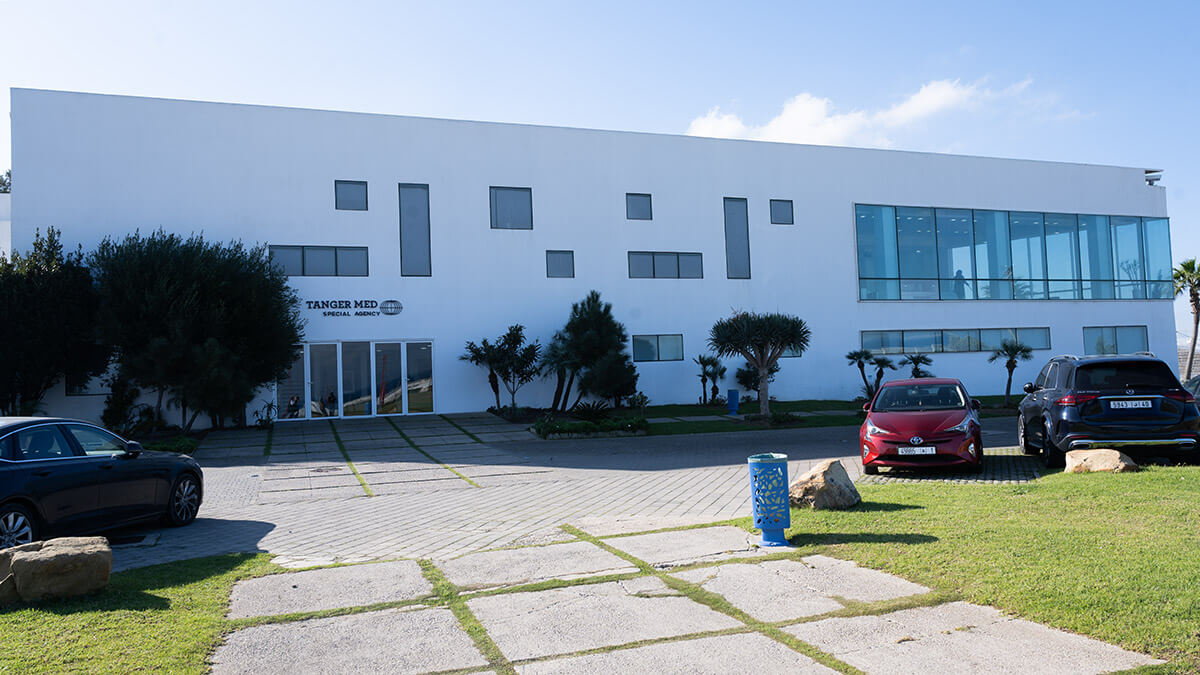
Factors helping to increase demand
- The sectoral strategies adopted and the proximity to Europe which provides many commercial opportunities.
- The progression of the transport and logistics industries.
- The development of the Hub concept in terms of containers and bulk cargo.
- The opening of the Moroccan economy to the world with national and international investment opportunities.
- Sectors in continuous growth: energy, phosphate, aeronautics and automotive industry, fisheries, agriculture and tourism.
- The impact of the policies and strategies adopted on production and consumption.
Port infrastructure in figures
The port sector consists of 13 ports open to foreign trade, 10 regional fishing ports, 9 local fishing ports and 6 tourist ports.
The Moroccan port infrastructure is made up of six main hubs:
- The Eastern Hub: aimed at Europe, the Mediterranean basin and the Maghreb countries. It is made up of the port of Nador which will be supported by Nador West Med.
- The North-West Hub: a gateway to the Strait with the ports of Tangier Med, Tangier City and Larache. It is a very important hub for transit, TIR and ferries, cruises and recreation.
- The Kenitra-Casablanca hub: it has the two ports of Mohammedia and Casablanca, as well as the new Atlantic Port of Kenitra. Its activities focus on energy, containers, cruises and recreation, among other conventional activities.
- The Abda Doukkala hub: comprising the port of Jorf Lasfar and Safi, which makes it a centre for heavy industry, including energy, phosphate and its derivatives (OCP) and hydrocarbons.
- The Sus Tensift Pole: represented by the port of Agadir which is active in sectors such as fishing, containers, cruises, as well as tourism.
- The Southern Ports cluster: includes three main ports: Tantan, Laayoune and the Atlantic Port of Dakhla, as well as two others: Lamhiriz and Boujdour. The cluster is open to fishing, export logistics, spatial planning and future opportunities.
The 6 port clusters help to create a strategic regionalism in which, on the one hand, a major port plays a fundamental and essential role in land preparation and the implementation of sectoral strategies, and on the other hand, the other ports play a complementary or specialised role.
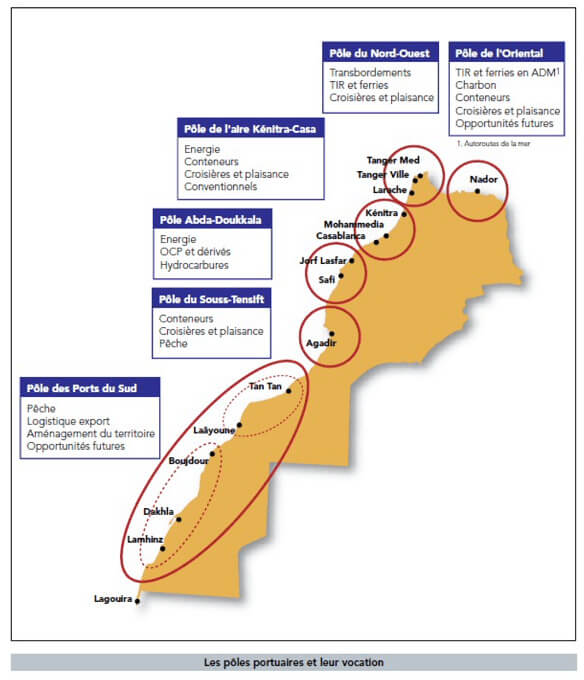
Port Strategy 2030
This strategy seeks to improve the provision of internationally recognised port infrastructure, facilities and services, the promotion of opportunities and the creation of added value for both economic agents and citizens; respecting the rules of responsible and sustainable exploitation of the environment.
The strategy of the ports is based on seven axes:
- Searching for better performance by encouraging innovation.
- Improve logistical performance.
- To make the best possible use of port infrastructure.
- To position themselves well in the national, regional and international context.
- Consolidate the role of the ports in economic development.
- Integrate environmental and urban objectives from the conceptualisation stage of the investment projects.
- Increase their adaptability to long term changes.
Investment programme
The rehabilitation of the port sector, over the last 10 years, has required an annual investment of 3 billion dirhams. During this period, the demand for ports or trade flows has increased steadily, reaching a rate of 6% per year, thanks to national economic and social development policies.
The establishment of infrastructure in the port sector, within the next 20 years, also requires very important investments and compatibility between the ambitions of the port strategy and the growing demand for ports.
Due to the major transformations that will take place in 2030, these investments will be implemented gradually according to priorities. The investment programme involves the financing of key strategic projects to shape the future of Morocco's port system.
It should be underlined that these investments are financed by the State or port agencies or by private actors in the sector through public-private partnerships. Throughout the implementation phase, the investment programme is adjusted and adapted to the development of national and international strategies, as well as the development of port demand.

